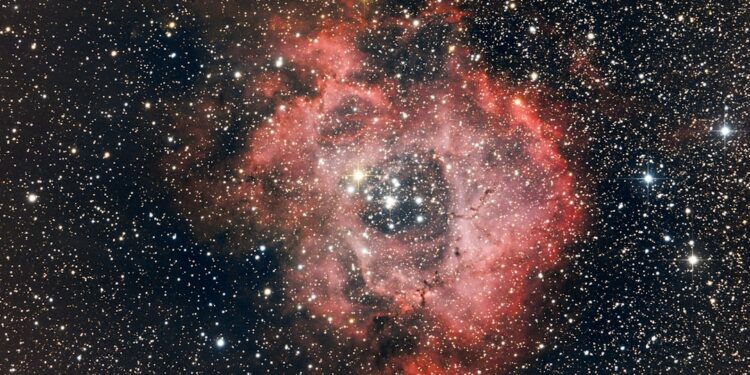What caused the 1859 Carrington Event?
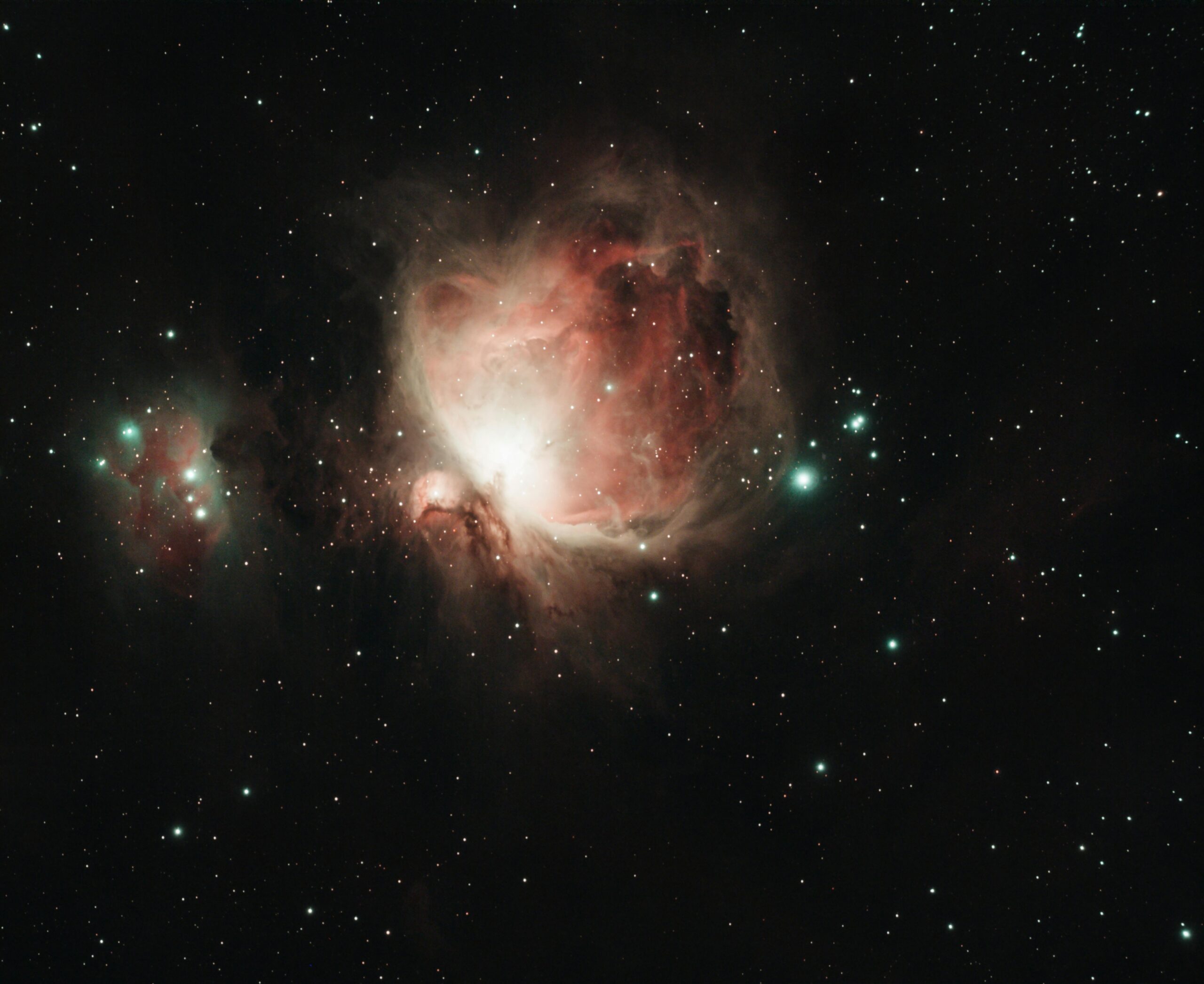
A lunar eclipse
A solar flare
A comet impact
A supernova
When did Halley’s Comet last appear in the inner solar system?

1986
1994
2001
2012
What unusual astronomical event occurred during the 1919 solar eclipse?

Discovery of Pluto
Confirmation of general relativity
First photograph of a solar eclipse
Appearance of Halley’s Comet
Which celestial event is the Leonid meteor storm associated with?

Halley’s Comet
Comet Tempel-Tuttle
Comet Encke
Comet Hale-Bopp
What was the Great Comet of 1882 part of?

Halley’s Comet family
Kreutz Sungrazer group
Hartley’s Comet group
What phenomenon did the 1994 collision of Comet Shoemaker-Levy 9 with Jupiter cause?
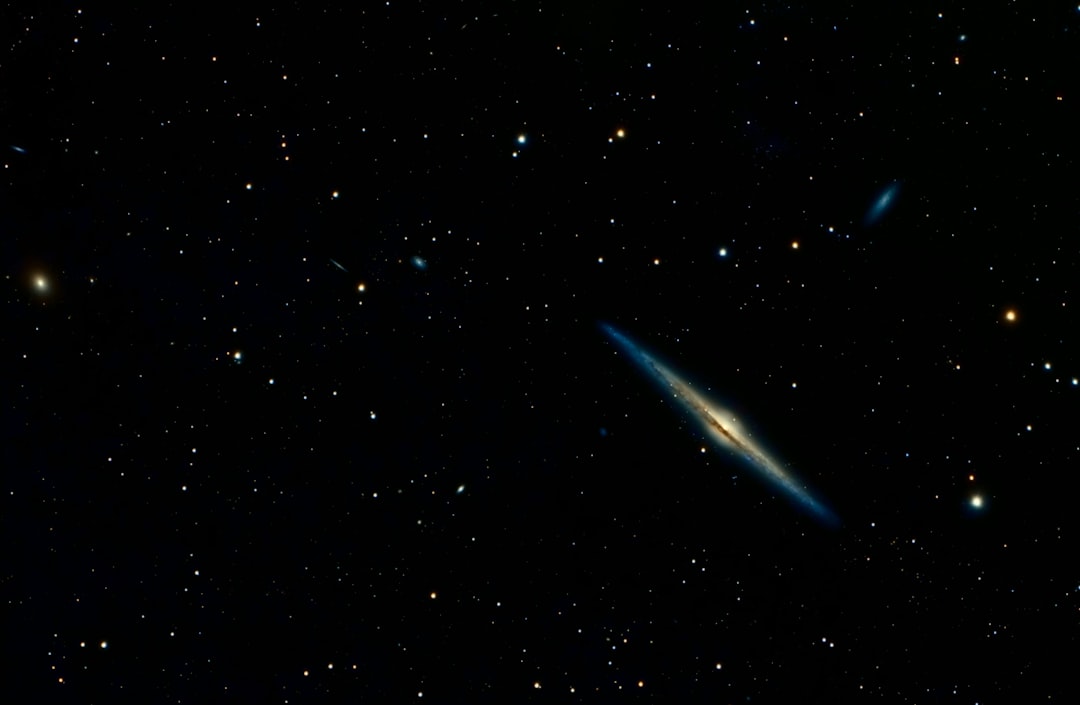
Permanent storm
Disintegration of the comet
Temporary dark spots on Jupiter
Eruption of Jupiter’s volcano
What did astronomers discover during the 2012 transit of Venus?
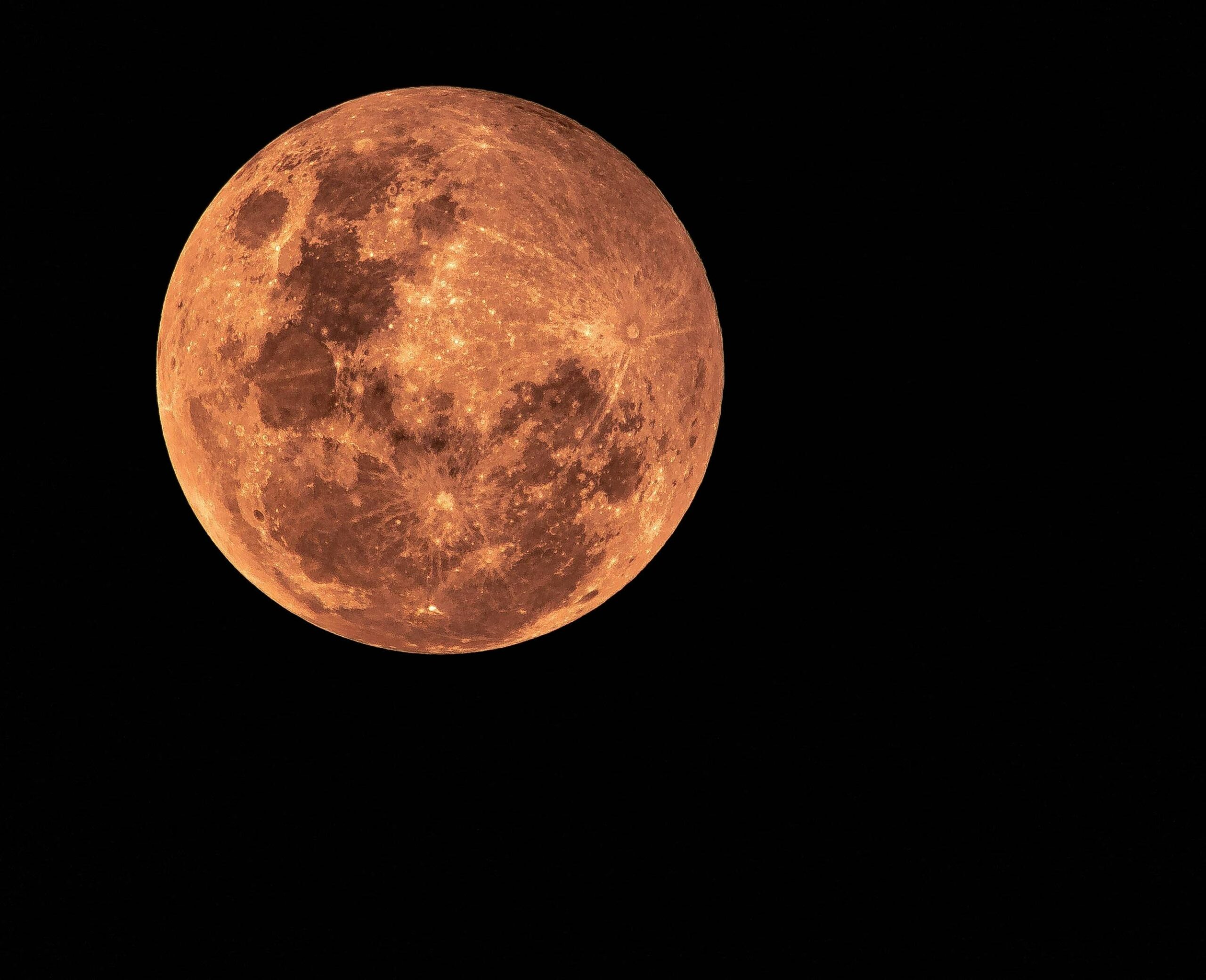
Water on Venus
Venus has a thin atmosphere
Shift in Venus’s orbit
New moon of Venus
Which event is known as “The Day the Sun Brought Darkness”?
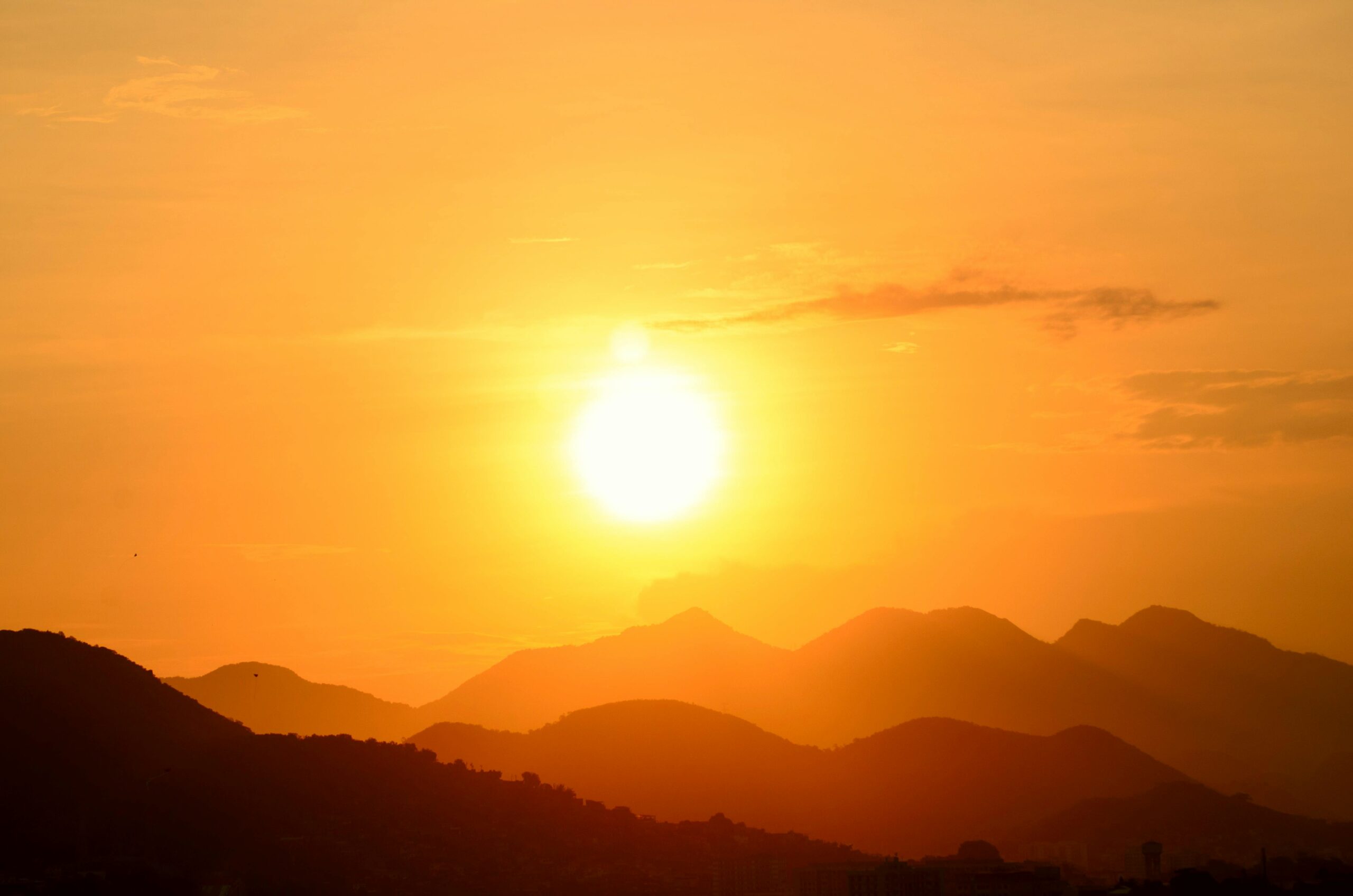
The 1883 eruption of Krakatoa
The solar eclipse of 1918
The Carrington Event
The New England Dark Day
What did the 1572 Tycho’s Supernova help to refute?
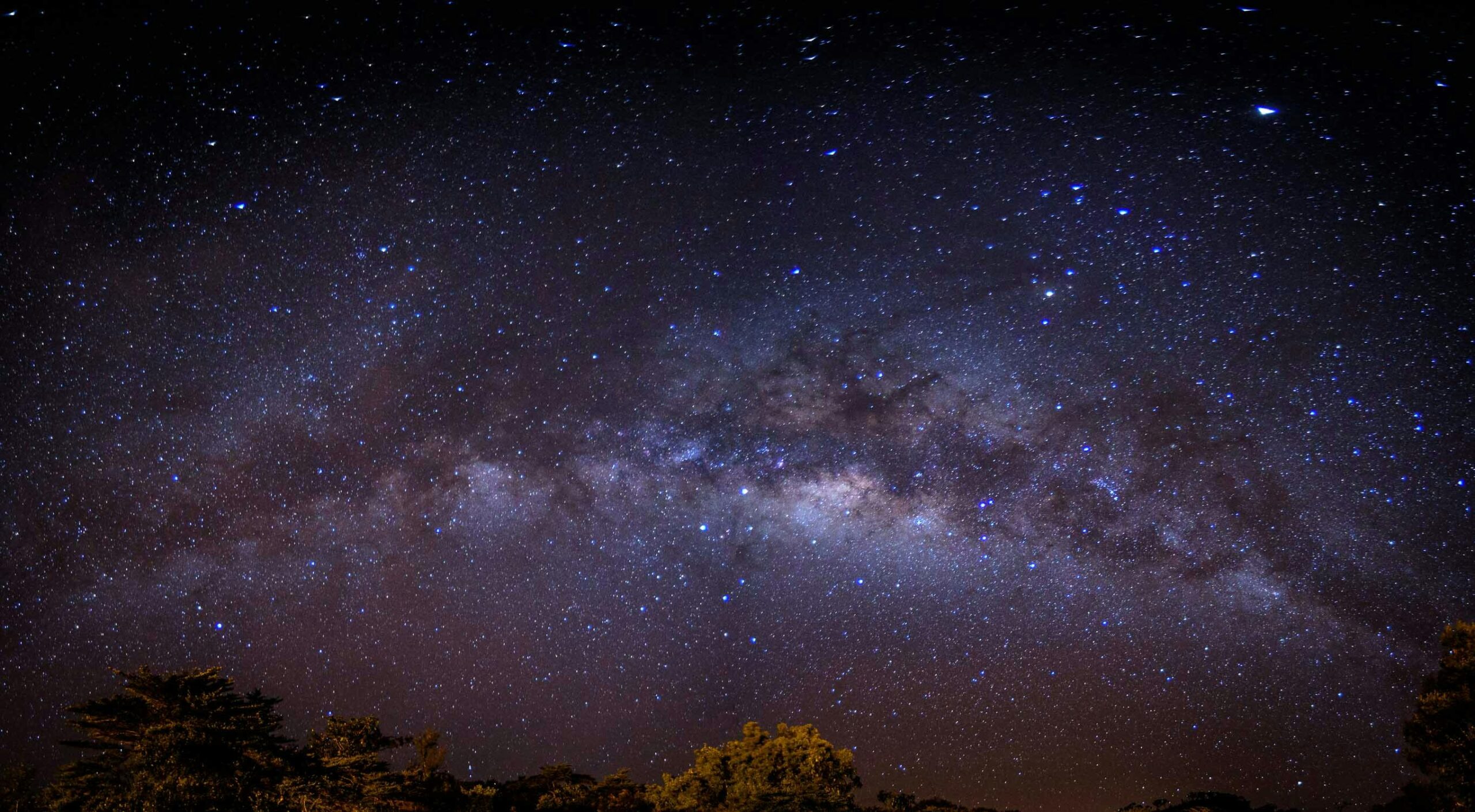
Earth as the center of the universe
The immutability of the heavens
Existence of black holes
The theory of relativity
What rare alignment did the “Dance of the Planets” in 2013 involve?
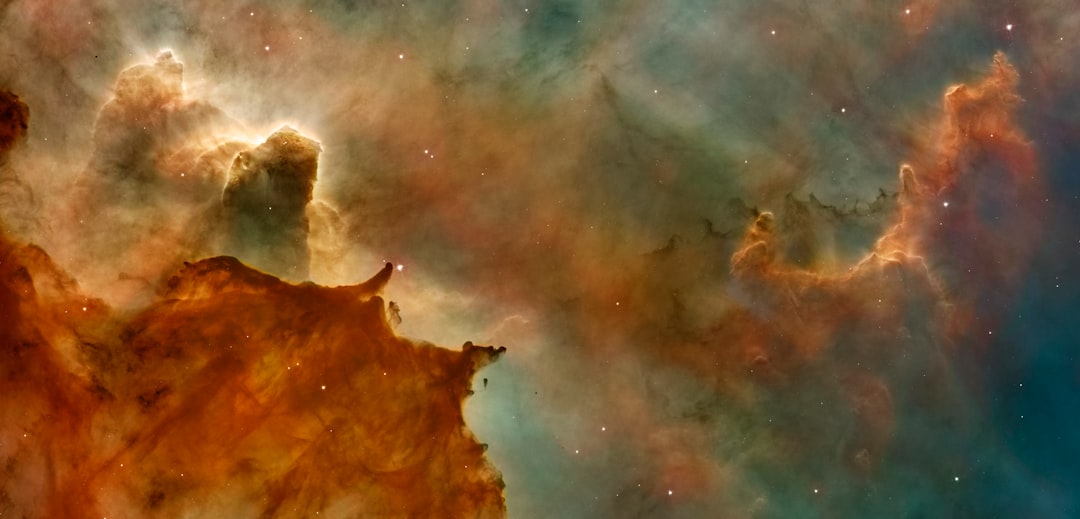
Jupiter, Mercury, and Venus
Mercury, Venus, and Mars
Venus, Mars, and Saturn
All visible planets
What event is the 1833 Leonids meteor shower known for?

The longest duration
The highest intensity
The first photo capture
An unusual color display
What phenomenon was first observed during the 1927 solar eclipse?
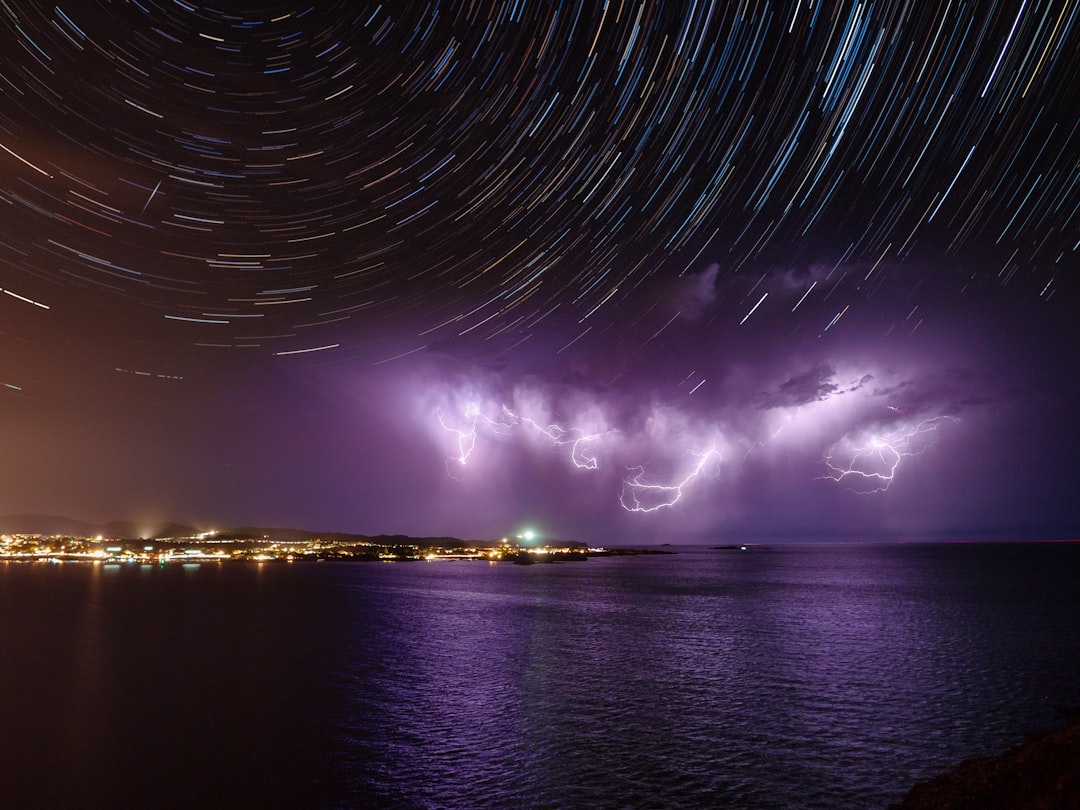
Solar flares
Stellar parallax
Einstein’s Cross effect
Coronal mass ejections
What did the 1987 Supernova (SN 1987A) confirm?
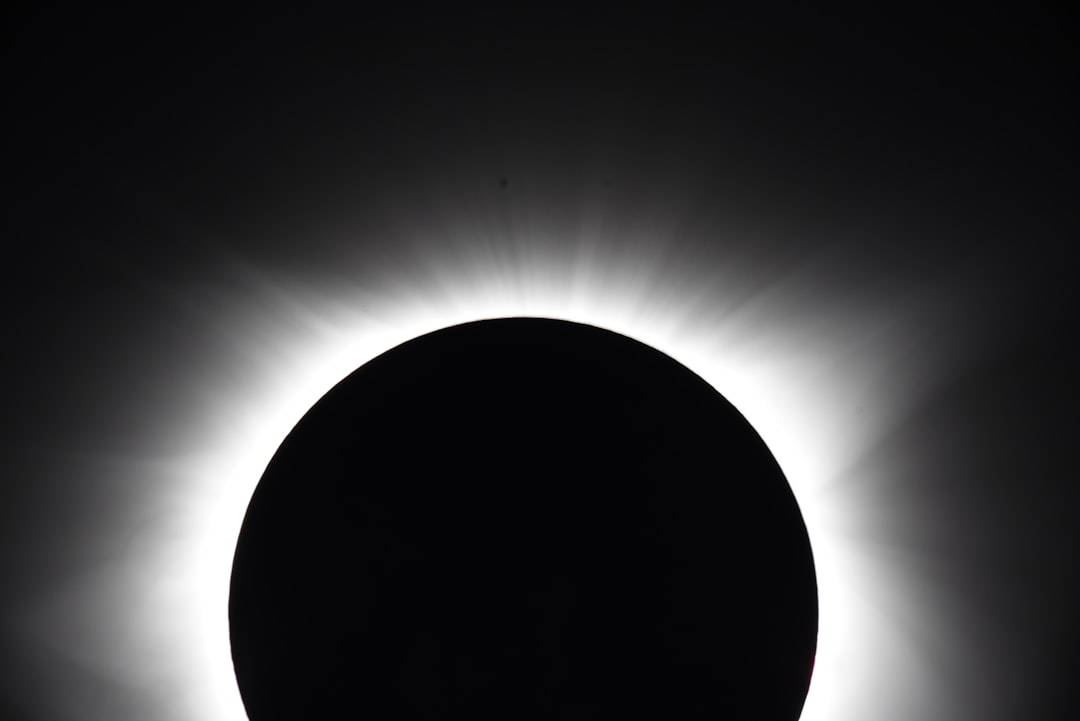
Existence of black holes
Neutrino emissions from supernovae
Discovery of dark matter
Changes in fundamental constants
Which comet’s close approach in 1770 suggested mass influences orbital dynamics?
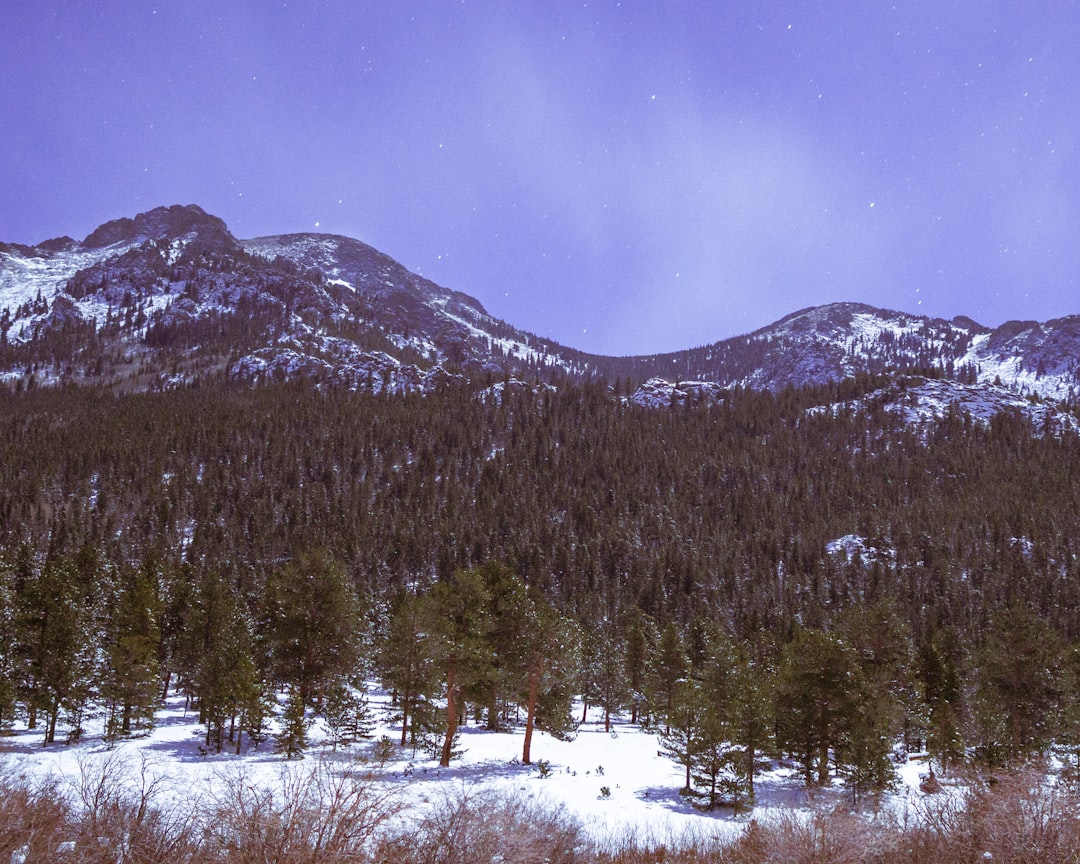
Comet Lexell
Comet Halley
Comet Hyakutake
Comet Lovejoy
What unusual feature was discovered on the Moon during the 1868 solar eclipse?
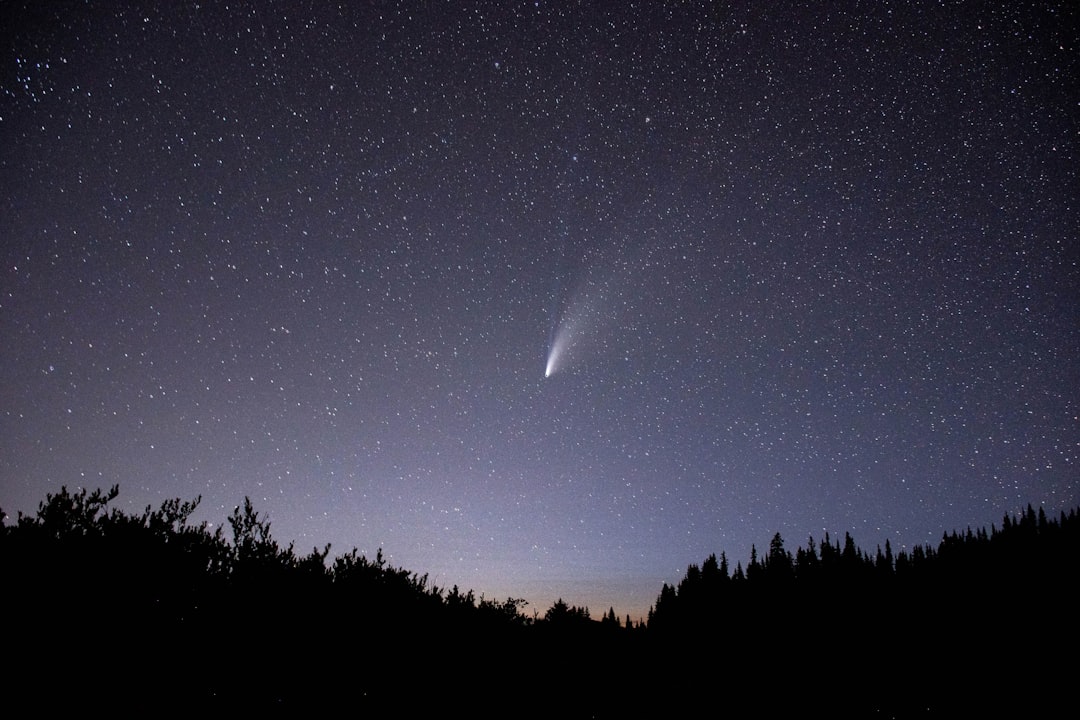
Helium in the atmosphere
Water in moon craters
Rusty rock samples
High surface temperatures
What did the 1991 solar eclipse help to prove about the solar atmosphere?
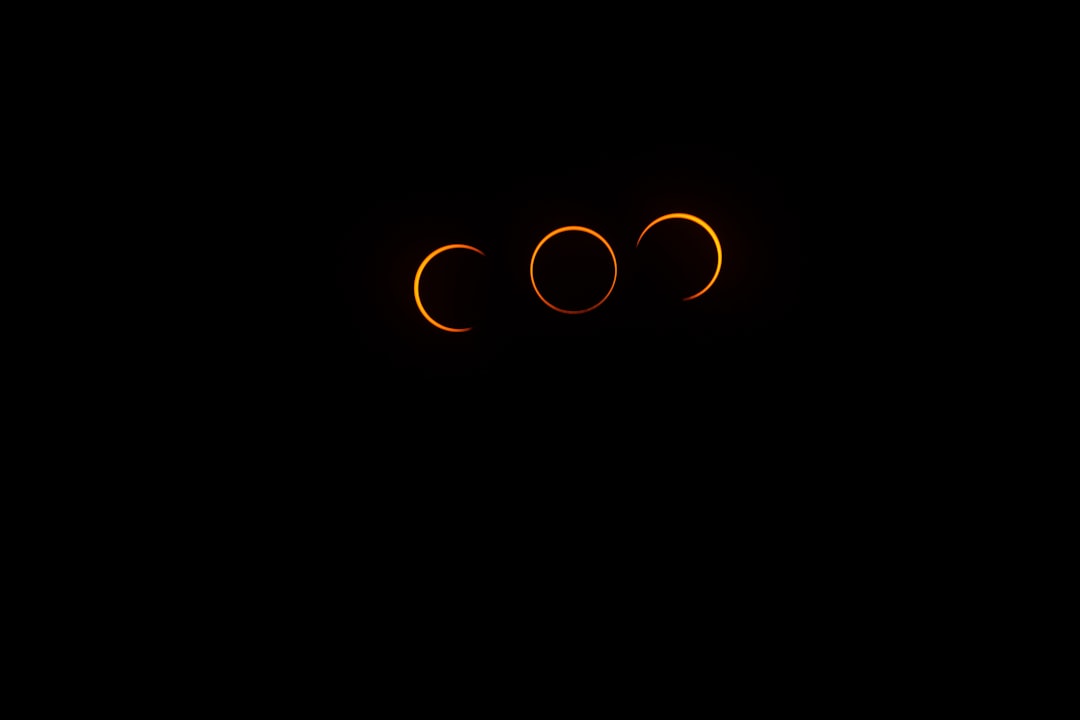
Its magnetic field structure
Temperature variations
Presence of solar winds
Thickness and uniformity
Which meteor shower was first linked to Comet Halley?

Perseids
Orionids
Geminids
Quadrantids
What did the transit of Mercury in 1973 help confirm about Mercury?
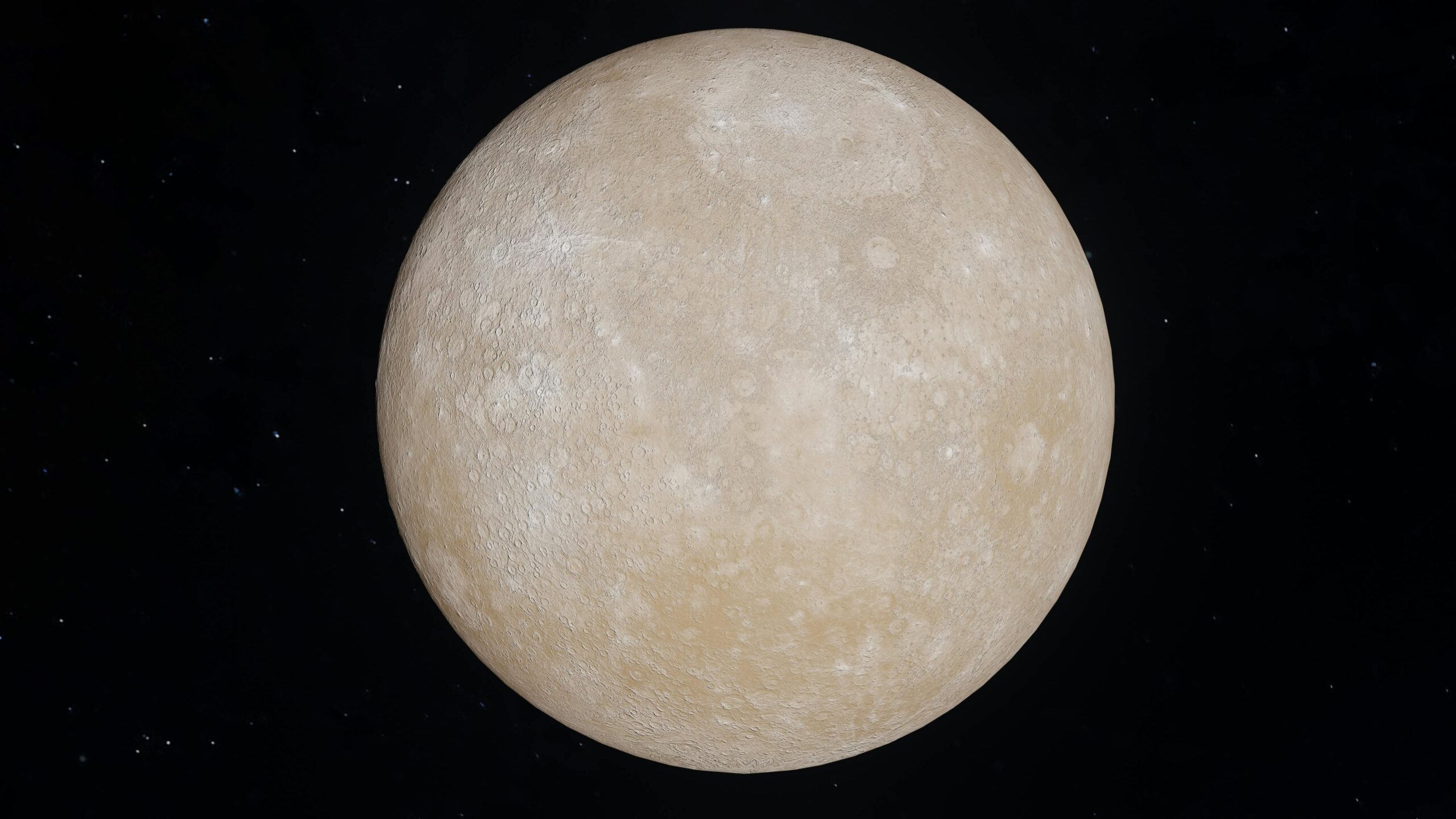
Presence of ice caps
Orbital decay
Atmospheric composition
Surface geology
What was unusual about the appearance of Comet West in 1976?

It was visible in daylight
It split into three parts
It changed color
It disappeared suddenly
What did the 2004 transit of Venus reveal about Venus’s atmosphere?
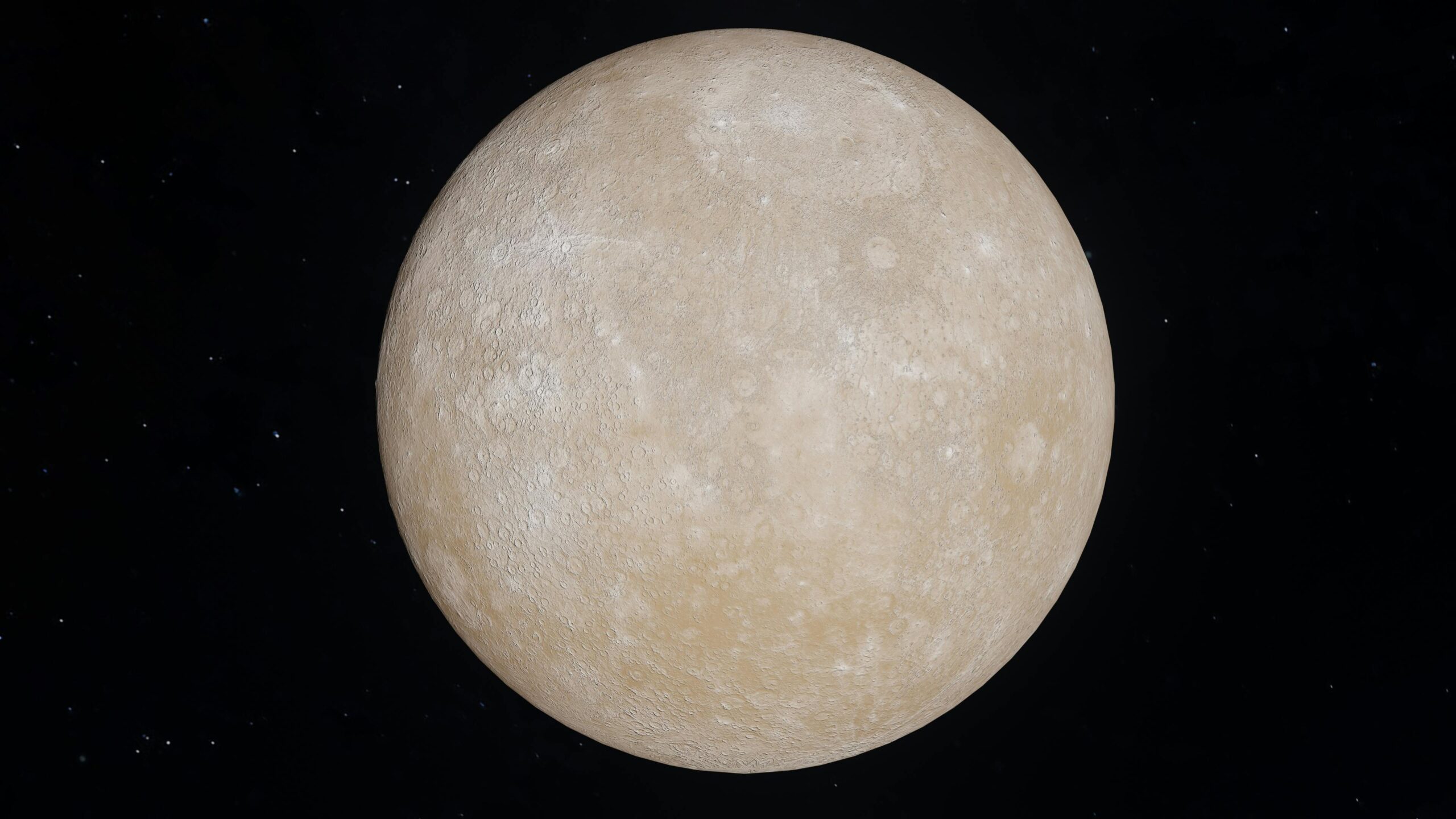
It contains oxygen
Pressure levels
It has several layers
Cloud composition
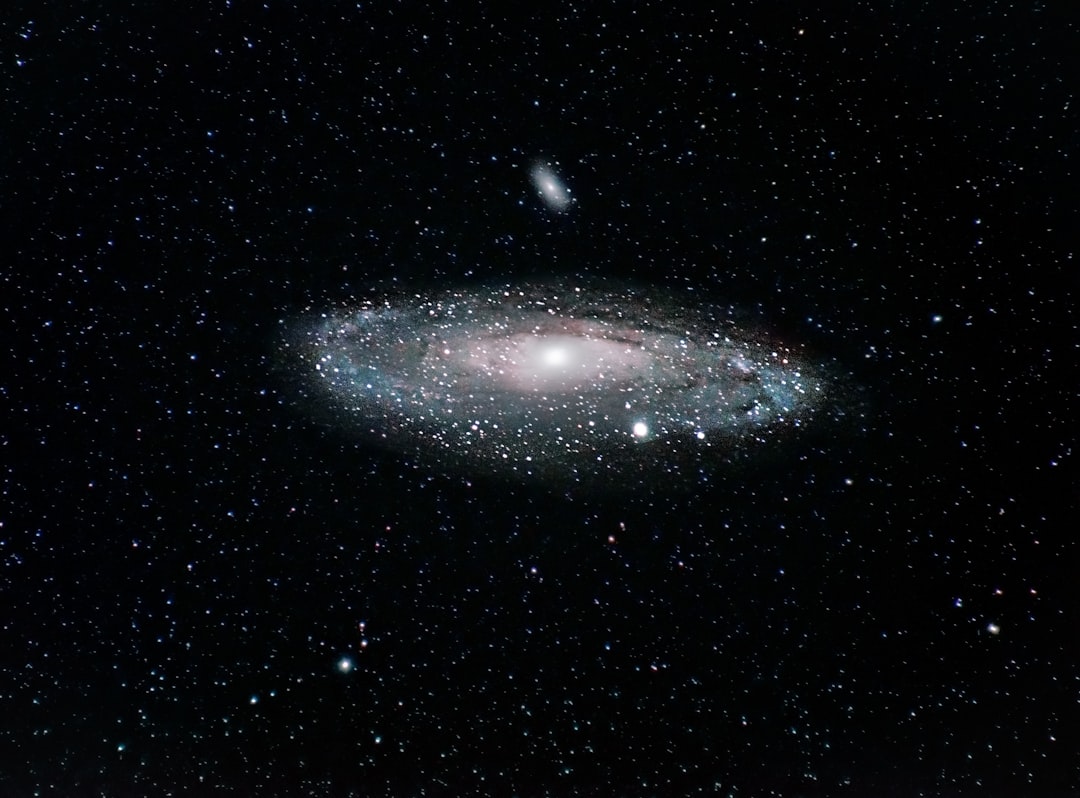
Stargazing Struggler?
You might need a telescope to see more clearly!
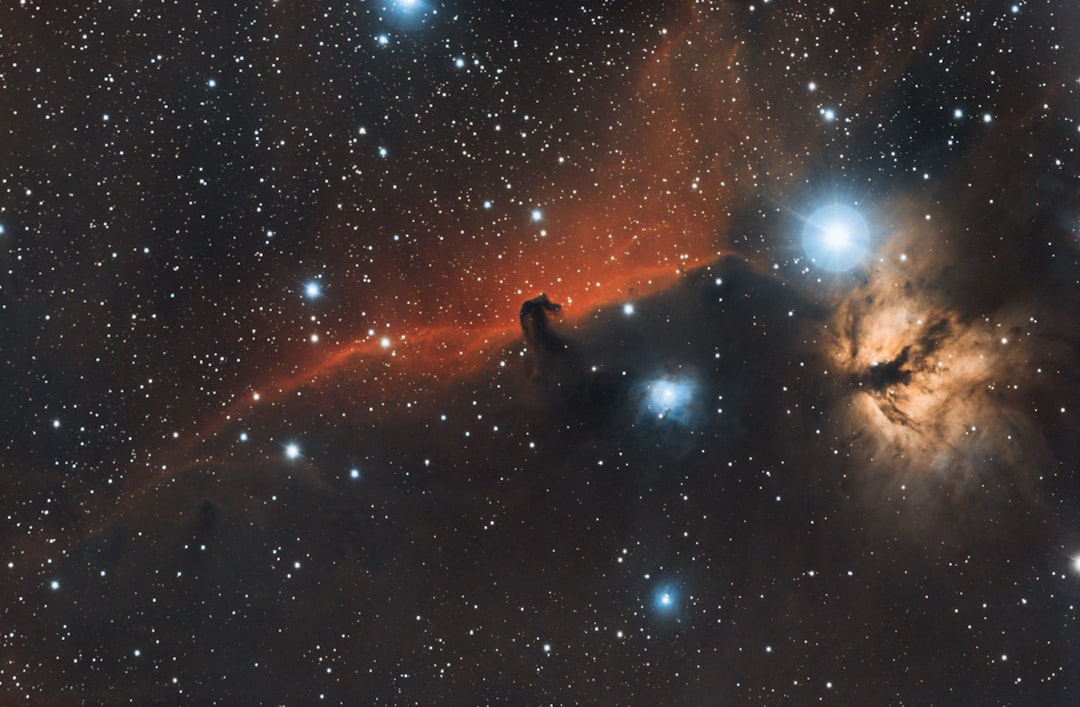
Celestial Scholar
Your astronomical knowledge is definitely taking off!
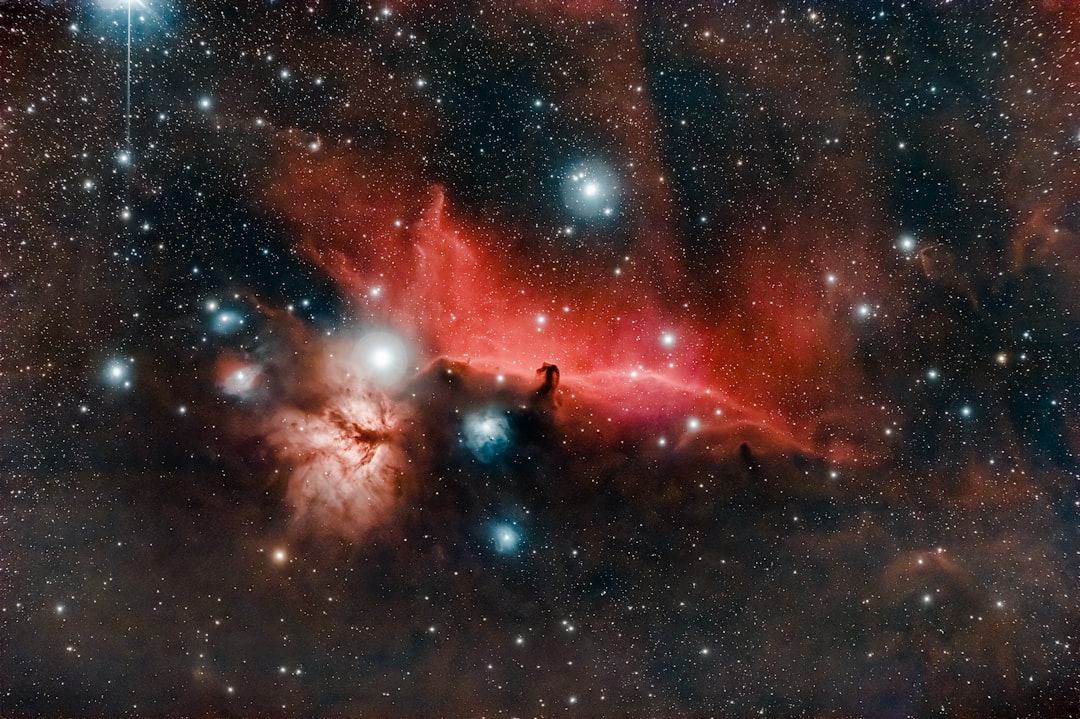
Cosmic Conqueror
You navigate the stars like a true astro-navigator!

